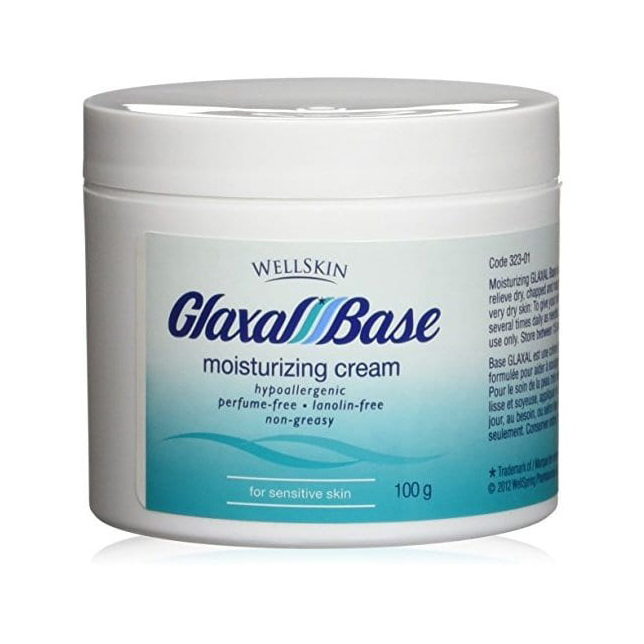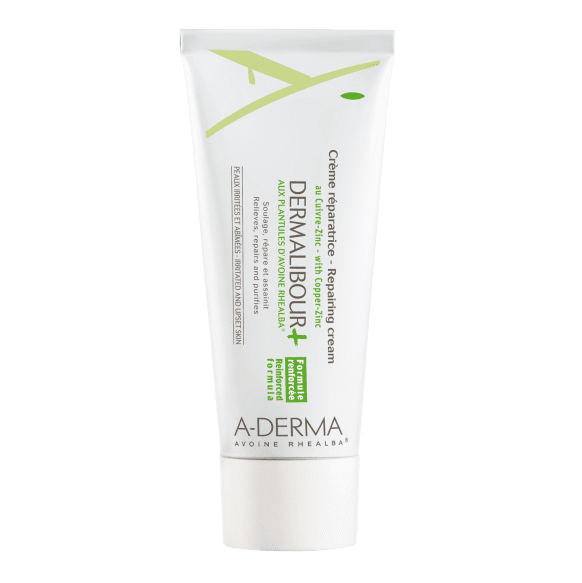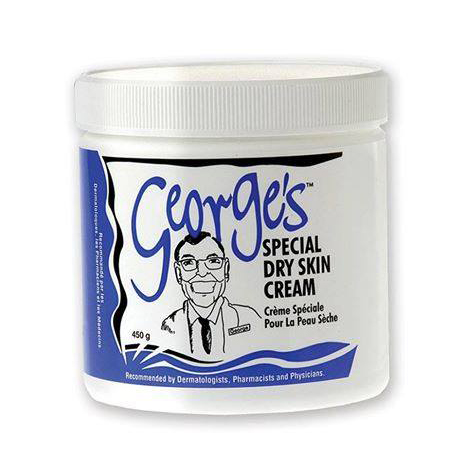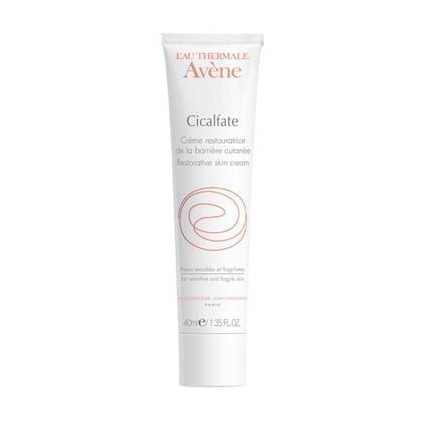Radiation, Hydrate and Repeat
3 MINS to read
Of all of the symptoms resulting from radiation treatment, skin issues score low on the talked-about factor. Think skin tightening, burning, dryness, pain, redness, you get the idea.
“Women who have breast cancer and are undergoing radiation need to moisturize the area where they are being treated,” affirms Dr. Nowell Solish, M.D., FRCP (C), a skin cancer dermatologic surgeon, co-director of the Non-Melanoma Skin Cancer clinic at Women’s College and founder of his eponymous cosmetic dermatology practice in Toronto. “It’s the best way to soothe and hydrate the area, while reducing burning, stinging, itching and pain.”
Described as the worst sunburn you can ever experience, and not just once but every single day for multiple weeks at a time, radiation can cause your skin to show signs of extreme sun-like damage, such as redness, inflammation, dryness, peeling, flaking, scaling and even, blisters. The area may also feel tender to the touch and turn dark brown or black in colour. Add additional, everyday external factors, like the weather, pollution, the sun’s UVA and UVB rays and indoor forced air heating or air conditioning and your skin is living in desert-like conditions without a drop of water in sight.
“It’s parched,” says Dr. Solish. “And these effects don’t stop after the radiation ends, either. They can actually get worse because of the cumulative destruction, so many patients experience these symptoms for weeks afterwards.”
Applying a mild, non-irritating and hydrating lotion or cream to the area during and after your treatment stops at least twice a day is the fix. Most moisturizing skincare products contain humectants like, aqua, hyaluronic acid, butylene glycol and glycerine, along with natural plant and botanical based ingredients such as, aloe and honey to create a thin film on the surface of your epidermis, the top layer of your skin. This helps trap moisture inside your dermis, the inner layer of your skin that you can’t see or touch, “forming a protective barrier on top of the skin to decrease transepidermal water loss and hydrate the skin,” says Dr. Solish.
Not all moisturizers are created equal. “You want to use something that is bland, fragrance-free, non-irritating and doesn’t include a lot of ingredients,” says Dr. Solish, who advises steering clear of fragrance, lactic acid, lanolin and Vitamin E, as “they can cause allergic reactions and can be irritating on scar tissue. Anti-aging creams and others that claim to reduce scars or include active ingredients, like essential oils, will also only aggravate your skin.”
Instead, check the label for products that list antioxidants, panthenol and glycerine, which moisturize the skin without leaving an oily residue and also work double duty to heal skin and scars. Arnica, madecassoside and peptides are ingredients that cool, soothe and provide relief to itching, burning and burns, while emollients like honey and petrolatum lock moisture into the skin.
“Think of these simple, yet effective products as your skin recovery creams,” adds Dr. Solish. “They’re non-irritating so you can use them as often as you need to.”

Available at drugstores across Canada

Available at select drugstores

Available at Shoppers Drug Mart stores

Available at Shoppers Drug Mart stores
FOR MORE TIPS ON DRY LIPS, CLICK HERE